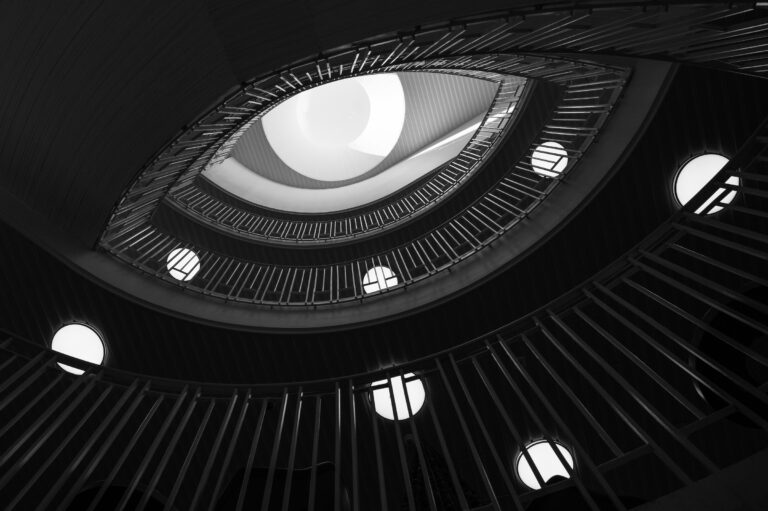How Nightshade ‘Poisons’ AI Models to Combat Copyright Theft and Enhance SEO
Introduction to Nightshade: Protecting Artistic Imagery from AI Models
University of Chicago researchers have developed a tool called Nightshade, which disrupts AI models’ ability to learn from artistic imagery. The tool allows artists to protect their work by subtly altering pixels in images, making them imperceptibly different to the human eye but confusing to AI models.
The Concerns of Artists
- Many artists and creators have expressed concerns about their work being used to train commercial AI products without their consent.
The Role of Multimedia Data in AI Models
- AI models rely on vast amounts of multimedia data, including written material and images, to function effectively.
- This data is often scraped from the web.
Nightshade’s Solution
- Nightshade offers a potential solution by sabotaging the data used by AI models.
- When integrated into digital artwork, Nightshade misleads AI models, causing them to misidentify objects and scenes.
Showcasing Nightshade’s Effectiveness
- Nightshade transformed images of dogs into data that appeared to AI models as cats.
- After exposure to a small number of manipulated samples, the AI reliably generated a cat when asked for a dog, demonstrating Nightshade’s effectiveness.
Challenging the Fundamentals of Generative AI
- Nightshade’s technique not only confuses AI models but also challenges the fundamental way in which generative AI operates.
- It exploits the clustering of similar words and ideas in AI models to manipulate responses to specific prompts and further undermine the accuracy of AI-generated content.
Development and Objective of Nightshade
- Nightshade is an extension of the prior product Glaze developed by computer science professor Ben Zhao and his team.
- The researchers’ primary objective is to shift the balance of power from AI companies back to artists and discourage intellectual property violations.
The Challenge for AI Developers
- Detecting and removing images with poisoned pixels is a complex task due to the imperceptible nature of the alterations made by Nightshade.
- If integrated into existing AI training datasets, these images necessitate removal and potential retraining of AI models, posing a substantial hurdle for companies relying on stolen or unauthorized data.
Conclusion and Implications
- Nightshade presents a major challenge to AI developers and offers hope for artists seeking to protect their creative endeavors.
- As the researchers await peer review of their work, Nightshade has the potential to shift the power dynamics in the AI industry.







